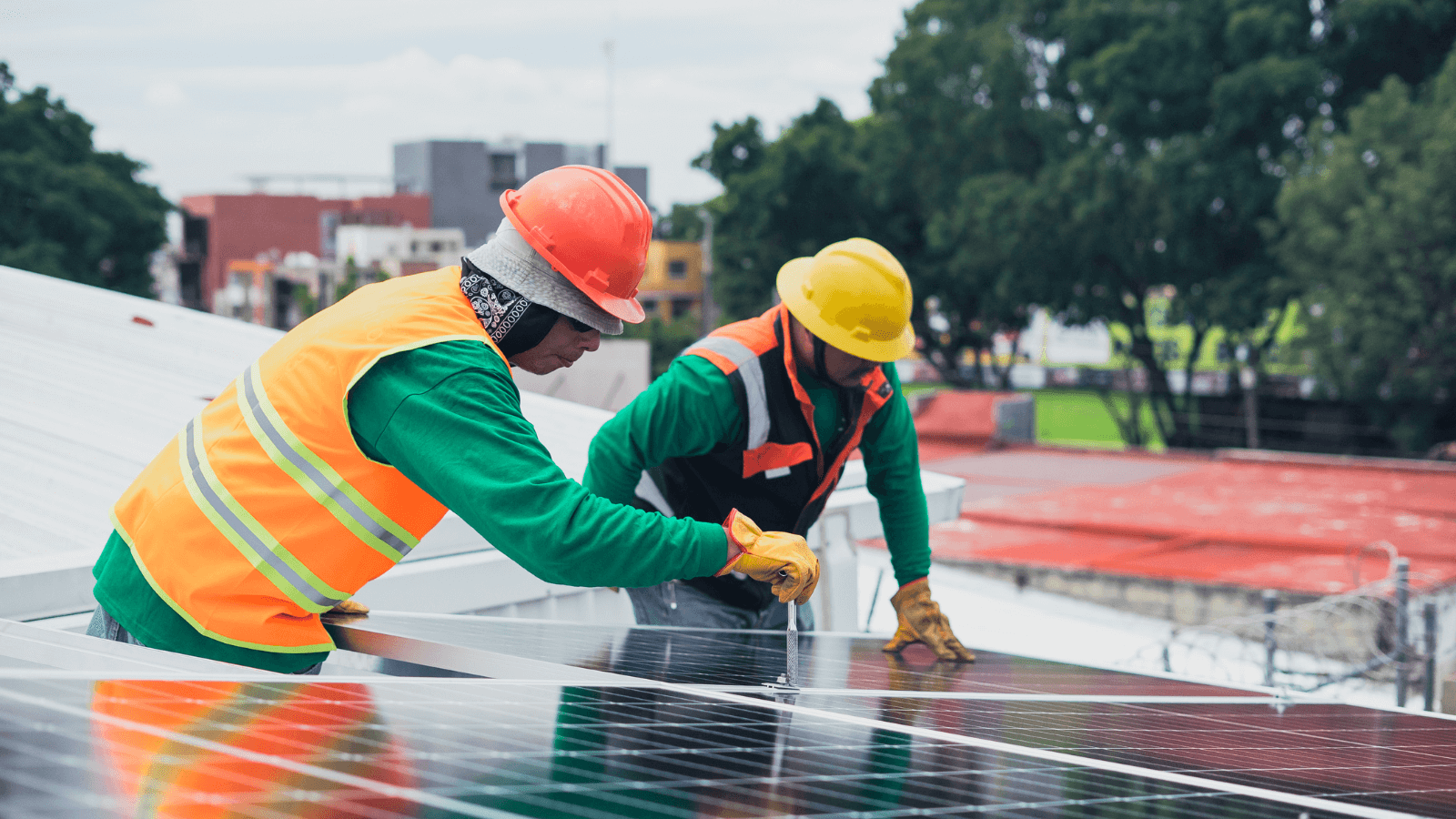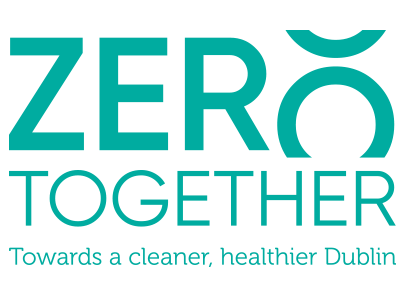Offshore Wind and Solar
Subscribe to newsletter
Emissions from electricity have reduced over recent years as more renewable energy is used to generate electricity, however, just over a quarter (26 per cent) of emissions in Dublin come from electricity. This is because the electricity grid from which we receive our electricity still uses dirty fuels like coal, oil, and gas. To address this, we need to ‘decarbonise’ our electricity supply.
‘Decarbonise’ – reduce or eliminate carbon dioxide emissions from activities like the production of energy for:
-
heat,
-
electricity, and
-
transport.
The need to decarbonise or remove dirty fuels from the electricity grid is a priority for Ireland’s national government. This is reflected in a target outlined in the most recent Climate Action Plan. It says the ambition is to have just over three-quarters (80 per cent) of the nation’s electricity coming from renewable energy like wind and solar (the sun) by 2030. This is arguably one of the most ambitious targets in the plan.
Research conducted by Codema, Dublin’s Energy Agency, found that offshore wind and solar energy have significant potential to generate renewable electricity in Dublin. Let’s take a look at what we mean by offshore wind and solar and the impact these solutions could have for us.
What is offshore wind energy?
Wind energy is produced primarily through wind turbines that harness the wind to produce electricity. Offshore wind is where wind turbines are installed offshore in relatively shallow waters (generally less than 50m deep).
There is great potential for offshore wind in Dublin. Despite the higher wind speeds from the Atlantic Ocean in the west of Ireland, the east coast is still very suitable for offshore wind development. This is because of the east coast’s shallow sand banks.
Offshore wind presents the biggest opportunity in terms of renewable electricity production in the Dublin region. In fact, offshore wind in Dublin could power the equivalent of:
- 1.2 million homes in 2030, and
- 3.1 million homes in 2050.
Wind turbines are a key technology in moving the electricity sector away from fossil fuels. Wind turbines are by far the largest renewable electricity generating method in Ireland. They generate almost 40 per cent of total electricity created in Ireland.
We expect wind power to continue playing a leading role in meeting the 80 per cent target for renewable energy by 2030.
What’s the current situation?
The current national target, as set in the Climate Action Plan 2024, is for Ireland to achieve at least 5GW offshore wind capacity by 2030.
According to Eirgrid, if put in place, that is the equivalent of powering more than 3.75 million homes across the country and contributing to the national target of up to 80% of electricty supplied by renewables by 2030.
There are seven offshore wind farms likely to be developed along Dublin’s coastline. These wind farms alone could supply enough green electricity to meet between 88 per cent and 101 per cent of the national target (7GW). And this doesn’t include the wind farms in other locations outside of Dublin, which shows just how much potential wind energy offers for meeting our targets.
What is Solar?
PV or photovoltaic cells use energy from light to create electricity; when light shines on a PV cell, it causes electricity to flow.
Individual PV cells only provide a small amount of electricity, so they are generally grouped together. Both direct and indirect sunlight can be captured by solar PV cells. This means that while the weather in Ireland can be quite cloudy, there is still a lot of potential. The technology can operate very effectively under these cloudy conditions.
The national target for solar has been increased to 5.5 GW by 2030. This is the same as powering about 4.5 million homes across the country. This is a highly ambitious target and will need significant and rapid scaling up of the industry.
There are two types of solar PV that have great potential to generate renewable electricity in Dublin:
- building-integrated, and
- utility-scale.
Building-Integrated Solar PV (BIPV)
Building-Integrated Solar PV (BIPV) is when solar panels have been installed on a building (usually the rooftop). Its potential installation in Dublin is estimated at:
- 84GWh, in 2030, and
- 270GWh, in 2050.
This would cover the electrical demand for:
- 19,984 homes in 2030, and
- 64,394 homes in 2050.
Often when electricity is distributed to homes and buildings, energy losses and additional costs can occur. However, rooftop solar panels avoid these losses and additional maintenance costs. They directly supply the home or building on which they are installed.
A six-panel, domestic solar installation could generate approximately 2,000 kWh of electricity in a year. This would serve almost half of a typical Dublin household’s annual electricity needs.
Excitingly, this industry has significant potential to create ‘green jobs’. Codema estimated that 5,845 jobs could be generated from potential building-integrated PV projects in Dublin from 2021 to 2050.
Of this:
- more than 3,900 jobs would be direct jobs in construction and in the operation and maintenance of the solar PVs, and
- 1,930 could be indirect jobs.
Utility-Scale Solar PV (USPV)
Utility-Scale Solar PV (USPV) is a large group of solar panels, much larger than the amount found on individual buildings. While some houses could have between six and 12 solar panels, utility-scale solar could have up to 30,000 solar panels.
These solar farms are usually found on land that was previously used for agriculture, old landfill sites and lower-value land generally situated away from urban areas.
As part of the Dublin Region Energy Master Plan, the Codema team mapped out the most suitable areas for utility-scale solar across Dublin. From this research, it is clear that utility-scale solar PV represents the second biggest renewable electricity generating opportunity in Dublin. Codema, Dublin’s Energy Agency, estimate that the potential would be:
- 854 GWh in 2030, and
- 1,057 GWh in 2050.
1,057 GWh would meet the electrical needs of more than a quarter of a million homes.
Similar to building-integrated solar PV, the potential for green jobs with Utility-Scale Solar PV (USPV) is very promising. The Dublin Region Energy Master Plan estimated USPV could create, in Dublin:
- more than 5,000 direct jobs, and
- almost 2,500 indirect jobs.
What is the current situation with Solar PV in Ireland?
In recent years, significant developments have occurred in the solar PV sector in Ireland.
Planning exemptions
From a planning perspective, homeowners can now install as much rooftop PV as they like without needing planning permission (subject to certain conditions).
An exemption is also now in place for industrial, agricultural, community, religious and educational buildings. However, this excludes those situated in 43 ‘solar-safeguarding zones’ around aviation sites.
Zero VAT
In 2023, the Government announced that there would be no VAT due for the installation of solar panels on private dwellings. This reduces the cost of having solar panels installed.
‘Export connection’ speeds up
As part of the process in installing solar panels, a home or business needs what is known as an ‘export connection’ which is organised by ESB Networks. The good news is that ESB Networks have put new application processes in place. These streamline the export connection process for solar PV and other renewable electricity generators.
ESB Networks have also increased internal resources to deal with these applications.
These are hugely significant developments. For many smaller projects, they could mean the connection offer timeline could be reduced from two years to just two months.
When a building generates excess electricity
In some cases, a building may not use all of the electricity that it produces from the solar panels, meaning they have excess electricity. Rather than this extra electricity going to waste, households, organisations or businesses can transfer or ‘export’ their excess electricity to the grid for others to use.
A household may now receive a payment from their energy supplier when they feed power back to the grid. This payment is called the Clean Export Guarantee (CEG).
The solar PV industry is really just on the cusp of taking off in Ireland and Dublin could lead the way. If both rooftop and utility-scale solar PV met their potential, as outlined in the Dublin Region Energy Master Plan, they could meet about 20% of the national 2030 target of 5.5 GW.
They could also provide thousands of people with the opportunity to:
- generate their own electricity,
- reduce energy bills, and
- make money.
Solar PV could supply clean electricity to homes and businesses across Dublin and the rest of the country.
Are you interested in installing solar panels? Check out SEAI’s website for details on grants available.
Ensuring renewable energy does not go to waste
When it comes to both wind and solar, there may also be times where there is not enough demand on the electricity system to make use of the renewable electricity. For example, if the wind is blowing strong during the night when fewer people are using electricity, there is a chance that electricity could go to waste.
In these scenarios there a role for energy storage such as thermal energy storage or battery storage (including using old electric vehicle batteries for energy storage).
Thermal energy storage involves using the energy to heat water which is kept in insulated hot water tanks. This can be done at a domestic level and is can also be done for district heating networks or industrial sites, where very large hot water tanks that store hundreds of thousands or millions of litres of hot water. This is the most cost effective form of energy storage, particularly compared to battery storage.


